The easiest scam to fall for: Detailed explanation of Google and Baidu's cryptocurrency fake advertising principles
- 王林forward
- 2024-02-22 14:20:201032browse
php editor Youzi will analyze the easiest scam for you: a detailed explanation of the principle of Google Baidu cryptocurrency fake advertising. In recent years, the cryptocurrency market has been turbulent and attracted the attention of a large number of investors. However, some criminals use search engines such as Google and Baidu to place false advertisements and induce users to click on links to engage in fraudulent activities. This article will delve into the principles behind these scams, help readers identify traps, and improve network security awareness.
Original Text | ScamSniffer
Compilation | Wu Shuo Blockchain
Background
In recent weeks, ScamSniffer conducted a survey and found that many users were using Google Falling victim to a phishing scam while searching for ads. These users inadvertently clicked on malicious ads and were induced to visit fraudulent websites, resulting in serious financial losses.
Malicious Advertisements
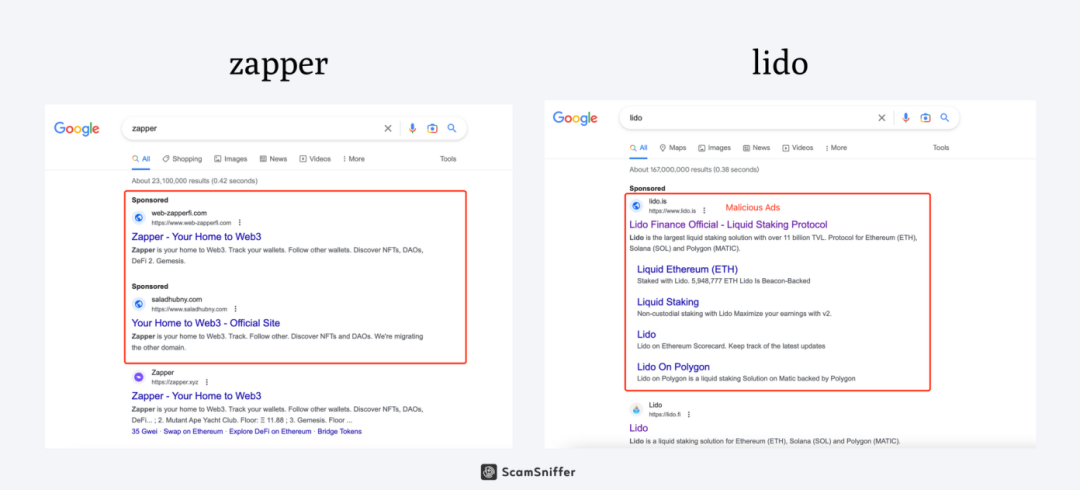
The investigation found that a large number of malicious advertisements appeared at the top of the keyword search results used by the victims. Most users are unaware of how deceptive search ads can be and therefore often click on the first available option, which can lead them to fake and malicious websites.
Object of attack
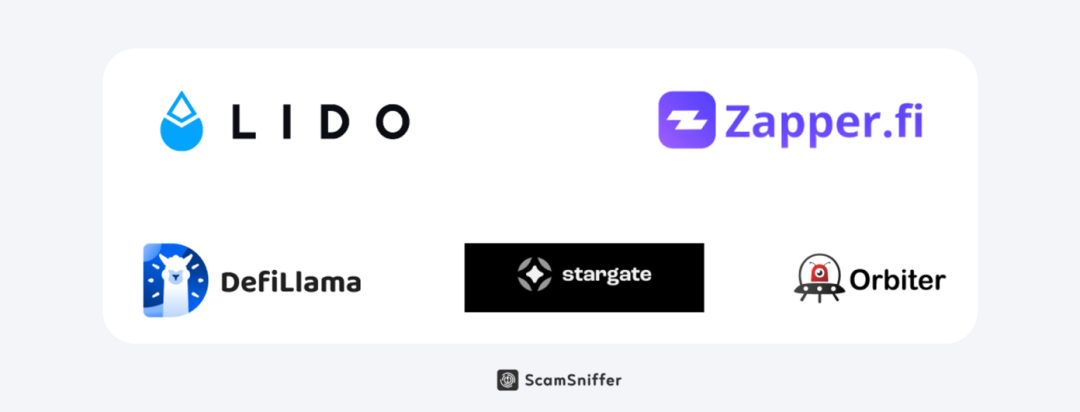
Keyword analysis shows that some malicious ads and websites target projects such as Zapper, Lido, Stargate, Defillama, Orbiter Finance and Radiant. . Malvertising related to each keyword is summarized below.
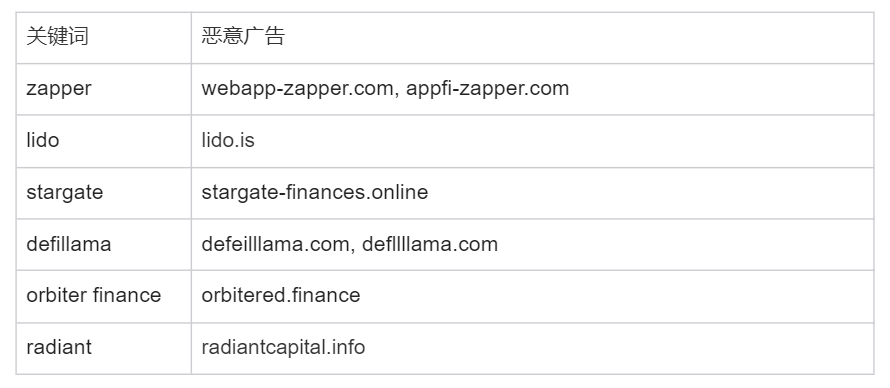
Malicious Sites
When you encounter a malicious ad in Zapper, you may notice that it attempts to use a Permit signature to gain access to my $SUDO Authorization. If you use the Scam Sniffer plugin, you will receive timely alerts about potential risks.
Currently, many wallets do not have clear risk warnings for this kind of signature, and ordinary users may think it is a normal login signature and sign it without thinking.
Malicious Advertisers
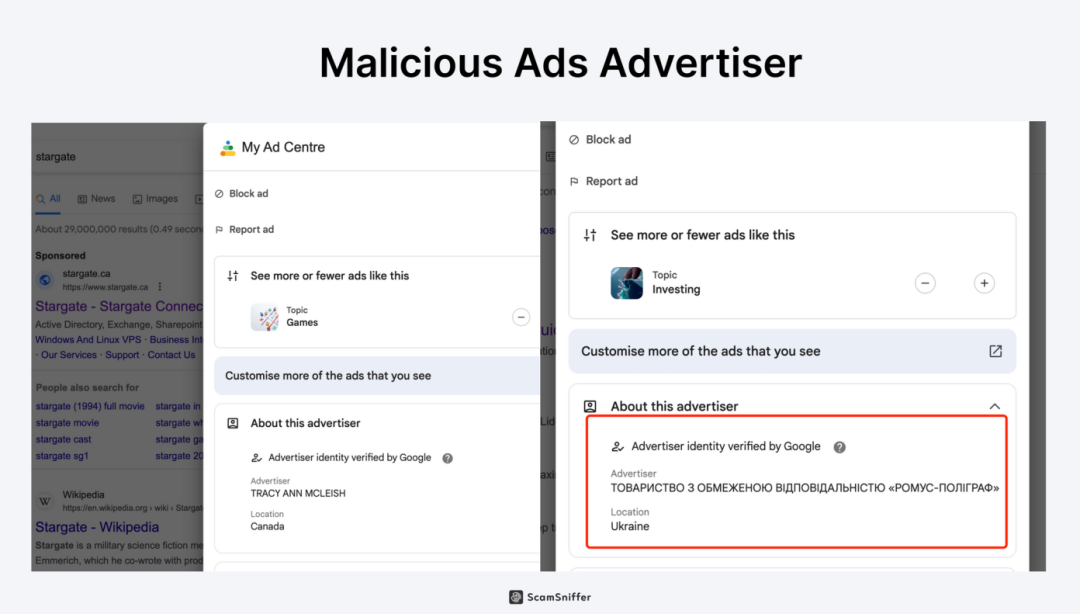
Analysis of malicious ad messages identified the following advertisers as responsible for serving these ads:
##●● ТОВАРИСТВО З ОБМЕЖЕНОЮ ВІДПОВІДАЛЬНІСТЮ «РОМУС-ПОЛІГРАФ (from Ukraine) ● TRACY ANN MCLEISH (from Canada) Bypass reviewMalicious ads use a variety of techniques to bypass Google's ad review Process, including: Parameter differentiation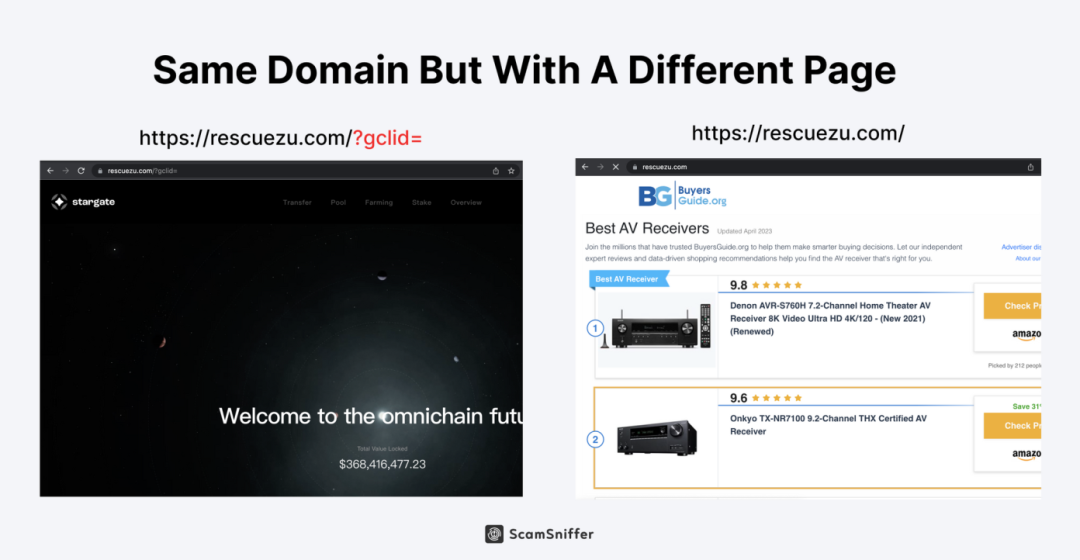

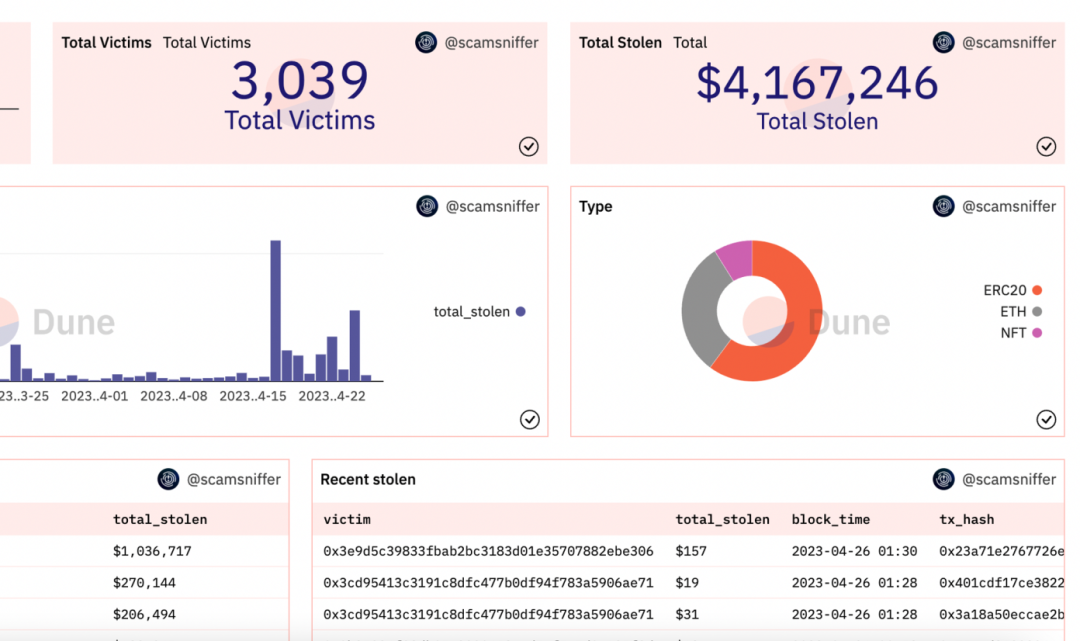

ROI Estimation
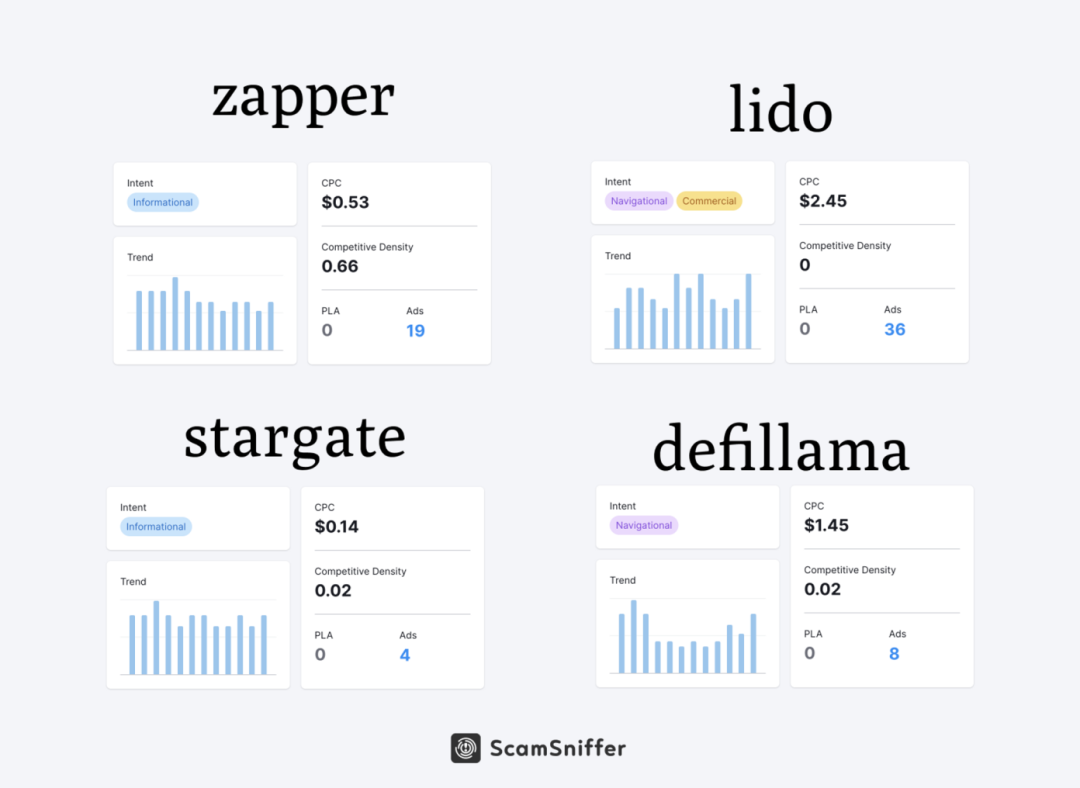
# Advertising analytics platforms indicate that the average cost per click for these keywords is approximately $1-2. Based on a projected conversion rate of 40% and 7,500 users clicking on the ad, the advertising cost would be approximately $15,000. Based on cost-per-click, the expected ROI is approximately 276%.
Conclusion
The analysis shows that the advertising cost of most phishing ads is relatively low. Through technical means and disguise, these malicious ads successfully deceived Google's ad review process, causing them to be seen by users and cause significant harm.
To minimize the risk of falling victim to this type of scam, users should remain vigilant when using search engines and actively block content in advertising areas. Additionally, Google Ads’ enhanced review process for Web3 malvertising is critical to better protect users.
Finally, thanks to 23pds@SlowMist, @Tay, bax1337@ConvexLabs, SunSec@DeFiHackLabs, ZachXBT, and Teddy@Biteye for reviewing the data and content!
The above is the detailed content of The easiest scam to fall for: Detailed explanation of Google and Baidu's cryptocurrency fake advertising principles. For more information, please follow other related articles on the PHP Chinese website!
Related articles
See more- How to close pop-up ads recommended by flash assistant
- How to add advertising space in discuz? A brief analysis on the method of customizing advertising slots
- What is the core of the blockchain centralized computing and processing model?
- Introduction to blockchain development framework based on Go language
- Cryptocurrency Trading Platforms What are the trading platforms for cryptocurrencies?

